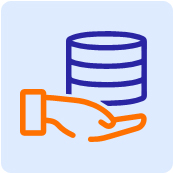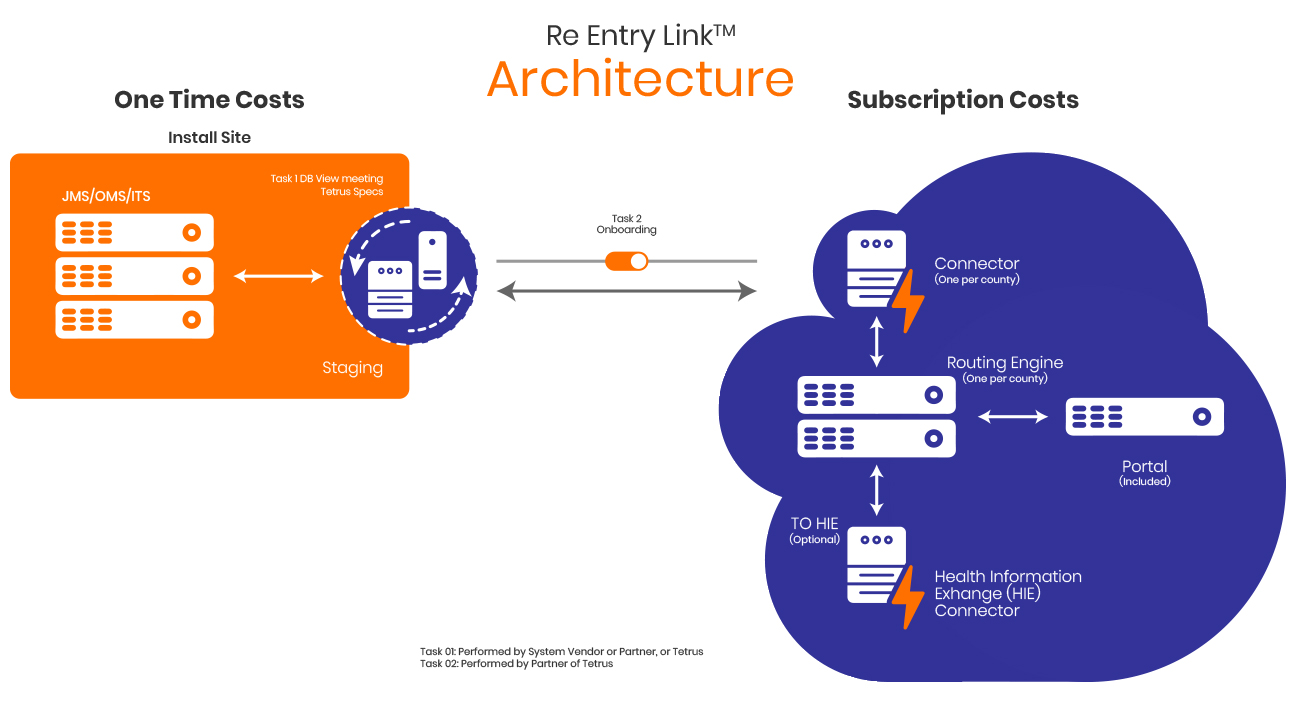Reentry Support, Inmate Information Sharing
Software to Transition Inmates Back Into Their Communities ReentryLink™™ assists Parole, Probation, Social Workers, Community Service Providers, Mental Health, and Treatment Centers access critical offender data from correctional facilites and share it in a timely manor in order to facilitate successful re-entry, reduce recidivism, and promote a safer community.

ReentryLink™ Applications
Information Sharing: Enables those community service providers and authorized medical personnel to access information about a current or recently released inmate. This includes programs, vocational training which the inmate completed or attended during the incarceration, social and behavioral health assessments, medical treatments, continuing care, etc.
Offender Reentry and Treatment Plans: Enables the service providers with the appropriate access to review the Offender Re-entry and Treatment plan as well as risk assessment instrument.
Continuing Care Document: Automatic exchange of the Continuing Care Document (CCD) with suitable (and pre-authorized) medical facilities and Health Information Exchanges.
Privacy Control: Provides controls so that inmate information on any inmate that has not signed a waiver will not be shared.

ReentryLink™ Value
- Increased ability to create a complete history view of an offender from a single search
- Increased ability to protect the community and enhance officer safety.
ReentryLink™ has been in production in the Hampden county in Massachusetts where it connects the county jail to reentry service providers.
One of the main reasons the recidivism rate is so high is because of the missed opportunities for timely care to be provided to the newly released inmate. The lack of timely and critical information required by the Community Service Providers promotes recidivism.

ReentryLink™ Features
Multi-level Role Based Access: Allows access to only the information that each service provider is allowed to see. For example, a medical provider can see medical information while a non-medical provider will not be able to see medical information
Browser-Based: Enables those community service providers that may not have sophisticated technology architectures to access information on inmates assigned to them. System Integration: Can be integrated into Offender and Jail Management Systems to avoid dual data entry and provide an automated sharing of information and also ensure privacy safeguards by verifying waivers and authorizations.
Administrative Controls: Helps the Jail / Prison officials to manage the kind of information available to different kinds of service providers.
Program Management and Audit Console: Enables the Jail / Prison to quickly audit the information shared with different providers.


